Description
Familiarity with Treatment
Partial gastrectomy is a surgical procedure that involves the removal of a portion of the stomach. It is commonly performed to treat conditions such as stomach (gastric) cancer, severe ulcers, or certain benign tumors. The surgery can be done through an open approach or using minimally invasive techniques, such as laparoscopy.
Procedure
During a partial gastrectomy, the surgeon removes the affected portion of the stomach, along with nearby lymph nodes if necessary. The remaining parts of the stomach are then reconnected to maintain the continuity of the digestive tract. In some cases, a reconstruction procedure, such as a Billroth I or Billroth II procedure, may be performed to restore the normal flow of food through the digestive system.
Who is it Suitable For?
Partial gastrectomy is suitable for individuals with conditions such as stomach cancer, severe ulcers that do not respond to other treatments, or certain benign tumors. The decision to perform a partial gastrectomy is based on the specific condition and individual circumstances, and it is typically made in consultation with a healthcare provider or surgeon.
Who is it Not Suitable For?
Partial gastrectomy may not be suitable for individuals who have contraindications to surgery or those who are unable to tolerate anesthesia. The decision to undergo a partial gastrectomy is made on a case-by-case basis, considering the individual’s overall health and specific circumstances.
Advantages
The advantages of partial gastrectomy can include:
- Treatment of conditions such as stomach cancer, severe ulcers, or certain benign tumors.
- Removal of the affected portion of the stomach, which can help alleviate symptoms and prevent further complications.
- Potential for a cure in cases of early-stage stomach cancer.
- Possibility of preserving normal digestive function, especially when the remaining parts of the stomach are reconnected.
Complications
Complications of partial gastrectomy can include infection, bleeding, leakage at the reconnection site, dumping syndrome (rapid emptying of the stomach contents into the small intestine), nutritional deficiencies, and changes in bowel habits. However, it is important to note that complications are relatively rare, and the overall risk is generally low.
Preoperative Care
Preoperative care for partial gastrectomy involves a comprehensive evaluation by a healthcare provider to determine the need for surgery and the most appropriate approach. This may include medical risk reduction, diagnostic tests, and discussions about the procedure, potential risks, and expected outcomes.
Postoperative Care
Postoperative care for partial gastrectomy includes pain management, wound care, and monitoring for any signs of complications. The recovery period can vary depending on the individual and the specific procedure performed. It is important to follow the healthcare provider’s instructions regarding diet, activity level, and any necessary follow-up appointments.
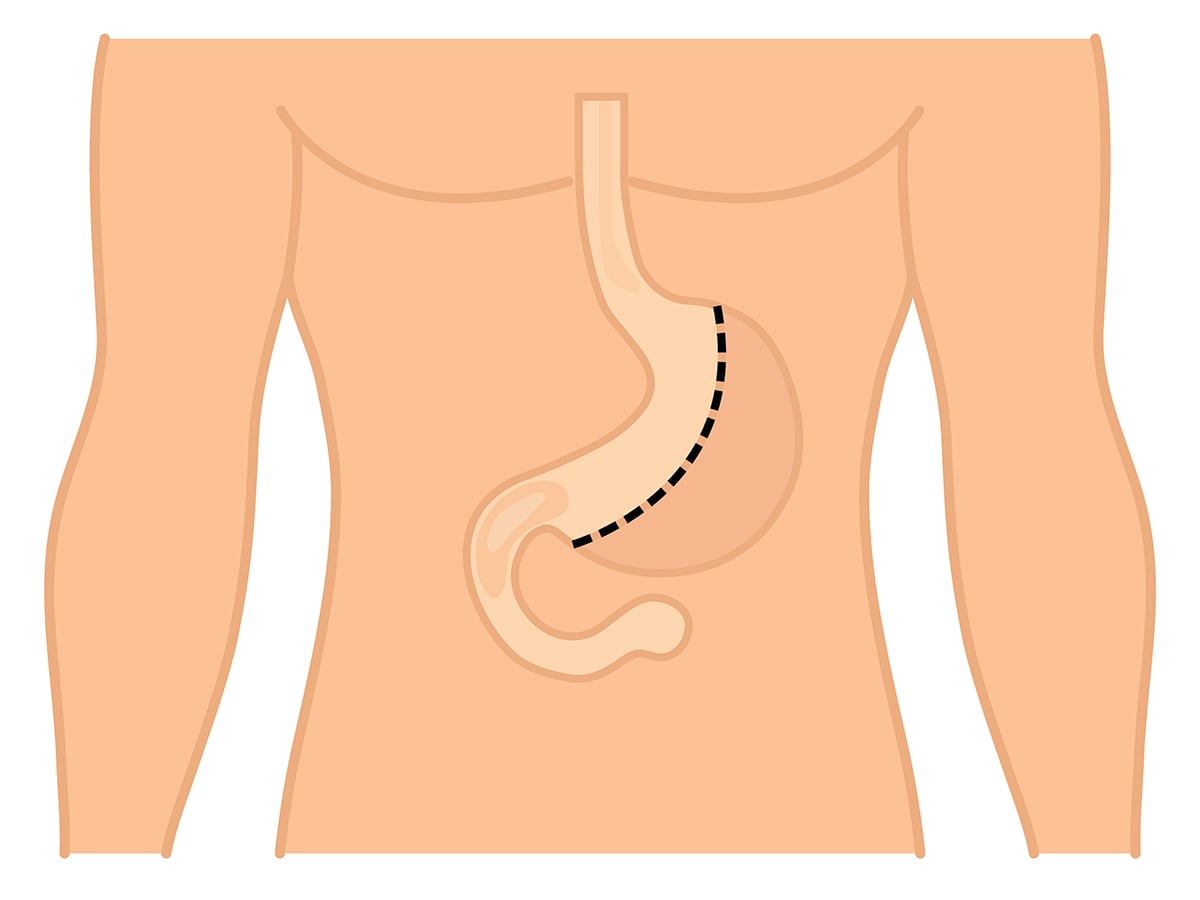
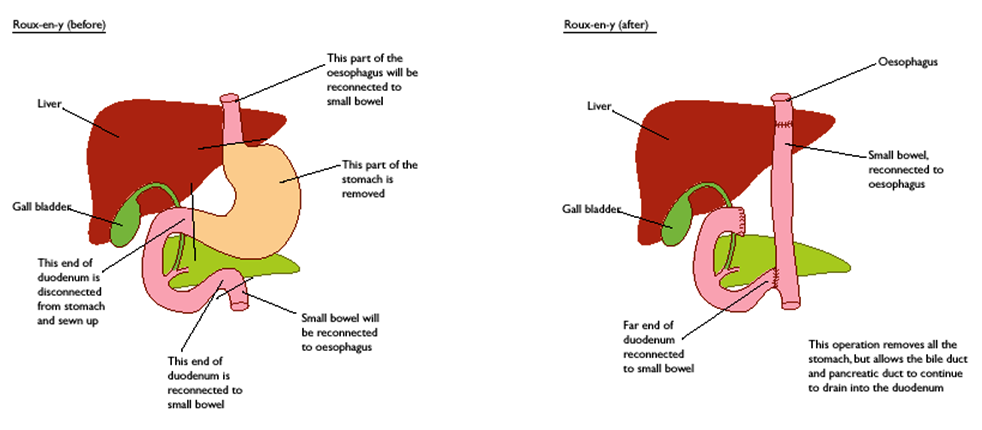
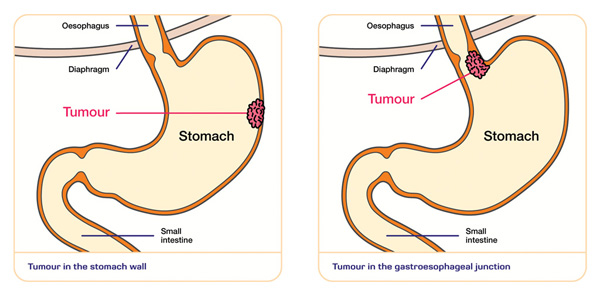
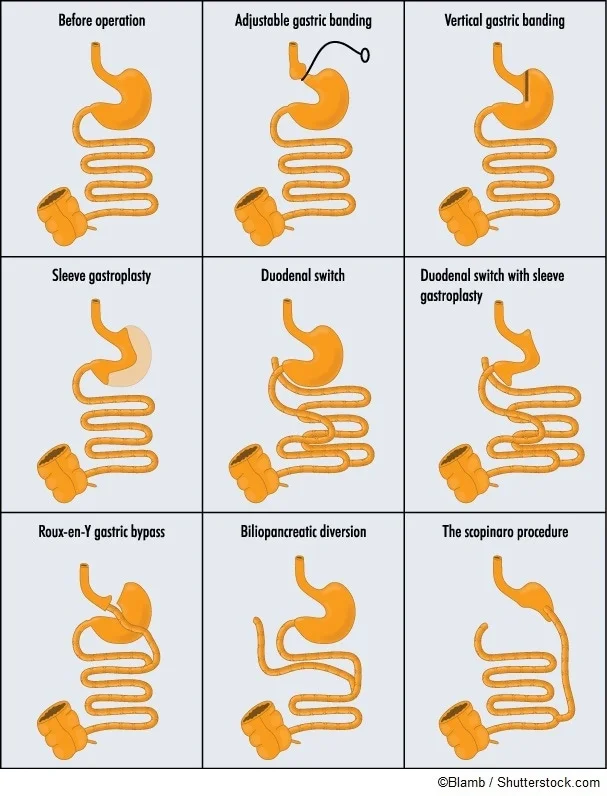

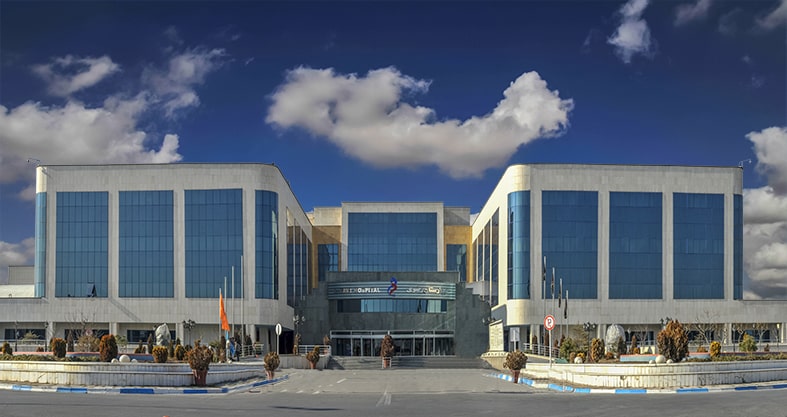


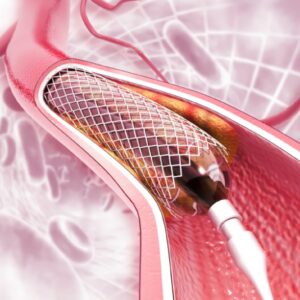
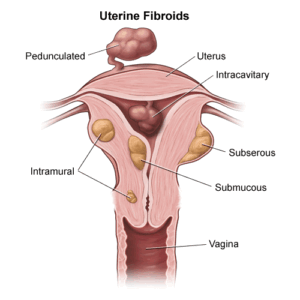
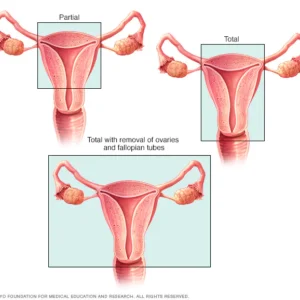


Reviews
There are no reviews yet.